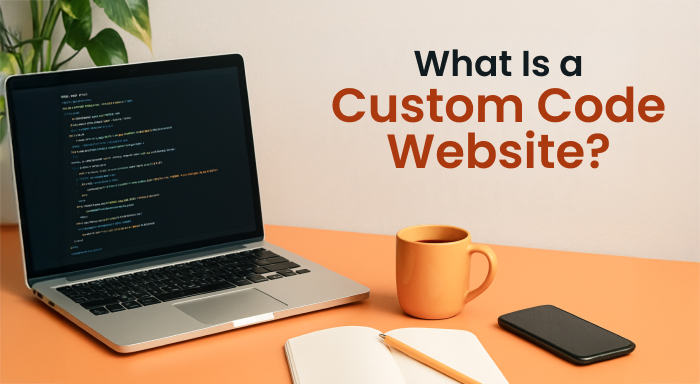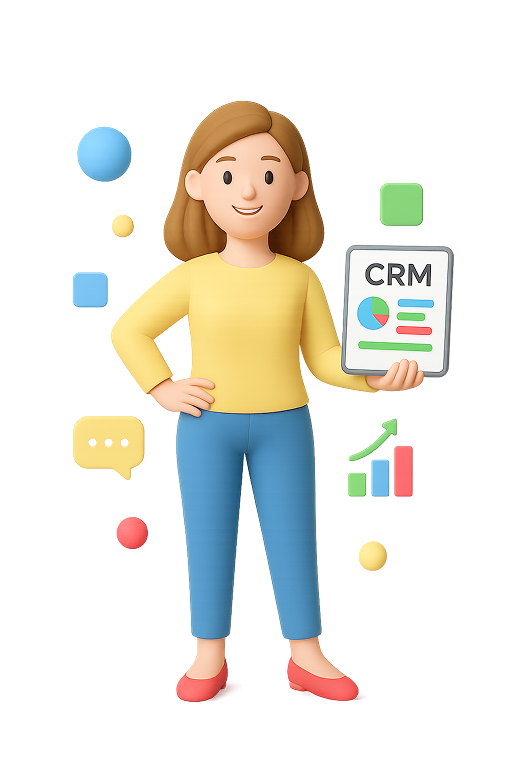Most websites look the same. Same layout, same flow, same vibe. You’ve seen it a hundred times, and so has your audience.
Most businesses settle for templates. Fast? Sure. Cheap? Sometimes. Memorable? Not even close.
If you’re building a brand that means something, a brand that deserves more than just another cookie-cutter site, it’s time to go beyond the template.
Custom code web design isn’t just about writing lines of code. It’s about designing freedom, control, performance, and trust from the ground up.
In this guide, alongside Alpha Efficiency experts, we’ll break down why custom code websites aren’t just different; they are smarter, faster, powerful, and built to grow with you.
Why Abandon Templates in the First Place?
Let’s start with the obvious questions: why not just use a template?
Let’s be honest, templates are everywhere. Website builders like Wix and Squarespace have made it incredibly simple to choose a pre-made design, drag and drop elements, and launch it in a matter of hours.
But here is the truth: What is easy for you is just as easy for everyone else, including your competitors.
Templates are beneficial, especially when you need something live quickly or you’re working with a limited budget. But they also come with their constraints. Every time you choose a template, you are also choosing its limitations:
- A layout that you can’t be customized according to your needs.
- Slow sites that take time to load due to bloated theme files.
- Ordinary styled templates that don’t reflect your unique brand identity.
- Code you can’t control or optimize.
- Pages built to serve everyone, but built for no one in particular.
Most templates are designed to “do everything,” which means they’re packed with features you’ll never use; and those extra bells and whistles come at the cost of performance, flexibility, and SEO. Even worse, thousands of other sites are using the exact same design. Your brand deserves better than that.
If your goal is just to get online, a template might be enough. But if your goal is to build credibility and attract customers, a template will hold you back.
Custom code is designed for growth.
What Is a Custom Code Website, Exactly?

A custom code website is built from the ground up using clean, hand-written code ( usually HTML, CSS, JavaScript, and sometimes backend languages like PHP or Node.js).
Every element, from layout to functionality, is intentionally designed to fit your brand, your goals, and your users.
Unlike a template or page builder, there’s no pre-designed structure or drag-and-drop system involved.
It’s a website that’s tailored and not templated, giving you complete control over performance, appearance and future scalability.
How is Real Power Unlocked Through Custom Coding?
A custom-coded site isn’t just a different way to build, it’s a more innovative way to grow.
1. Performance you can measure
Hand-written HTML, CSS, and JavaScript remove bulky theme code and unnecessary plugins. The result is faster page loads, higher Core Web Vitals scores, and improved search rankings.
2. Freedom to create any experience
You decide every interaction, animation, and user flow. Sliders, scroll effects, advanced filters, or headless CMS integrations become possible without wrestling with a rigid theme framework.
3. Scalability for future
The business environment is very dynamic. A custom-coded website lets you add new features, markets, or content types without replatforming.
4. Security becomes peace of mind
Dependency on a few third-party means a smaller attack surface. You can also enforce two-factor authentication, best practice security headers, and regular code audits.
5. Brand identity in every corner.
Your voice, values, and audience expectations are all perfectly aligned with typography, color systems, icon sets, and micro-animations.
Cost Versus Return: Doing the Math
So many hesitate to try custom work due to its price tag, but let’s investigate it:
Template Website
- Fast setup, generally under 1,000 USD.
- Short lifespan, continuous patching.
- Hidden expenses from advanced plugins, low performance, and slipped conversions.
Custom-Coded Website
- Longer lifespan, lower maintenance cost.
- Increased conversion rates, robust SEO, and enhanced brand image.
- Higher initial investment, starting around 5,000 USD, and growing with intuitiveness.
When you spread the investment over several years and factor in revenue uplift, custom code often becomes the more economical choice.
Finding the Right Development Partner
Not all developers are the same. Here’s what to search for in a custom coding team.
- Portfolio depth: Look for projects that reflect the scale and style you want.
- Practice transparency: A reliable team will clearly mention their milestones, deliverables, and feedback loops.
- Clear communication: Clear, and jargon-free updates keep you in the driver’s seat.
- Post-launch support: Even after launch, the team clearly communicates about the ongoing maintenance and feature enhancements.
Build a Website That Grabs Attention
Your website’s sole purpose isn’t just to exist. It should lead, convert, and make people remember your name.
If your brand is bold, your website has no business being basic. Templates are built to blend in, and blending in gets you ignored.
Custom code is how you take control.
With a custom site, you have the power to build faster, rank higher, convert better, and stand out in a crowded digital space. Through this, you can move beyond the limitations of generic tools and start creating something that entirely belongs to you.
So don’t just launch a site. Craft a digital experience that mirrors your ambition.
Own every pixel, every interaction, and every result. Because average doesn’t build trust, and it definitely doesn’t build momentum.
Build with purpose. Build with precision. Build with custom code.




%201.png)

%201.png)

%201.png)

